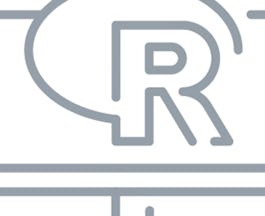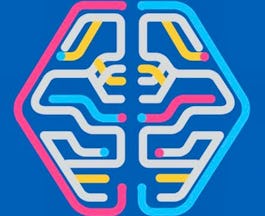Filter by
The language used throughout the course, in both instruction and assessments.
281 results for "keras"

McMaster University

Skills you'll gain: Data Analysis, Machine Learning, Python Programming
 Status: Free
Status: FreeUniversidad Austral
Skills you'll gain: Innovation, BlockChain, E-Commerce, Algorithms, Creativity, Culture, Entrepreneurship, Finance, Operating Systems, Strategy

Skills you'll gain: Computer Programming, Data Analysis, R Programming, Data Visualization, Exploratory Data Analysis, Programming Principles, Statistical Programming, Extract, Transform, Load, Plot (Graphics), Computer Programming Tools

Coursera Project Network

Google Cloud
Skills you'll gain: Google Cloud Platform, Machine Learning, Applied Machine Learning, DevOps, Cloud Computing, Tensorflow, Cloud Platforms, Cloud-Based Integration, Continuous Integration, Training
 Status: Free
Status: FreeCoursera Project Network

California Institute of the Arts
Skills you'll gain: Graphic Design

University of Michigan
Skills you'll gain: Writing, Planning, Resilience

Skills you'll gain: Business Analysis, Data Analysis, Data Management, Databases, Microsoft Excel, Process Analysis, SQL, Spreadsheet Software, Database Theory, Organizational Development

The Museum of Modern Art

High Tech High Graduate School of Education
Searches related to keras
In summary, here are 10 of our most popular keras courses
- Szemléletváltás: McMaster University
- Machine Learning Capstone: IBM
- El Abogado del Futuro: Legaltech y la Transformación Digital del Derecho: Universidad Austral
- Análisis de datos con programación en R: Google
- Crear un CV y una Carta de Presentación en Word: Coursera Project Network
- ML Pipelines on Google Cloud: Google Cloud
- عمل خطة محتوى بالذكاء الاصطناعي: Canva، ChatGPT، وBlueWillow: Coursera Project Network
- Ideas from the History of Graphic Design: California Institute of the Arts
- Writing and Editing: Drafting: University of Michigan
- Proceso de datos sucios a datos limpios: Google










